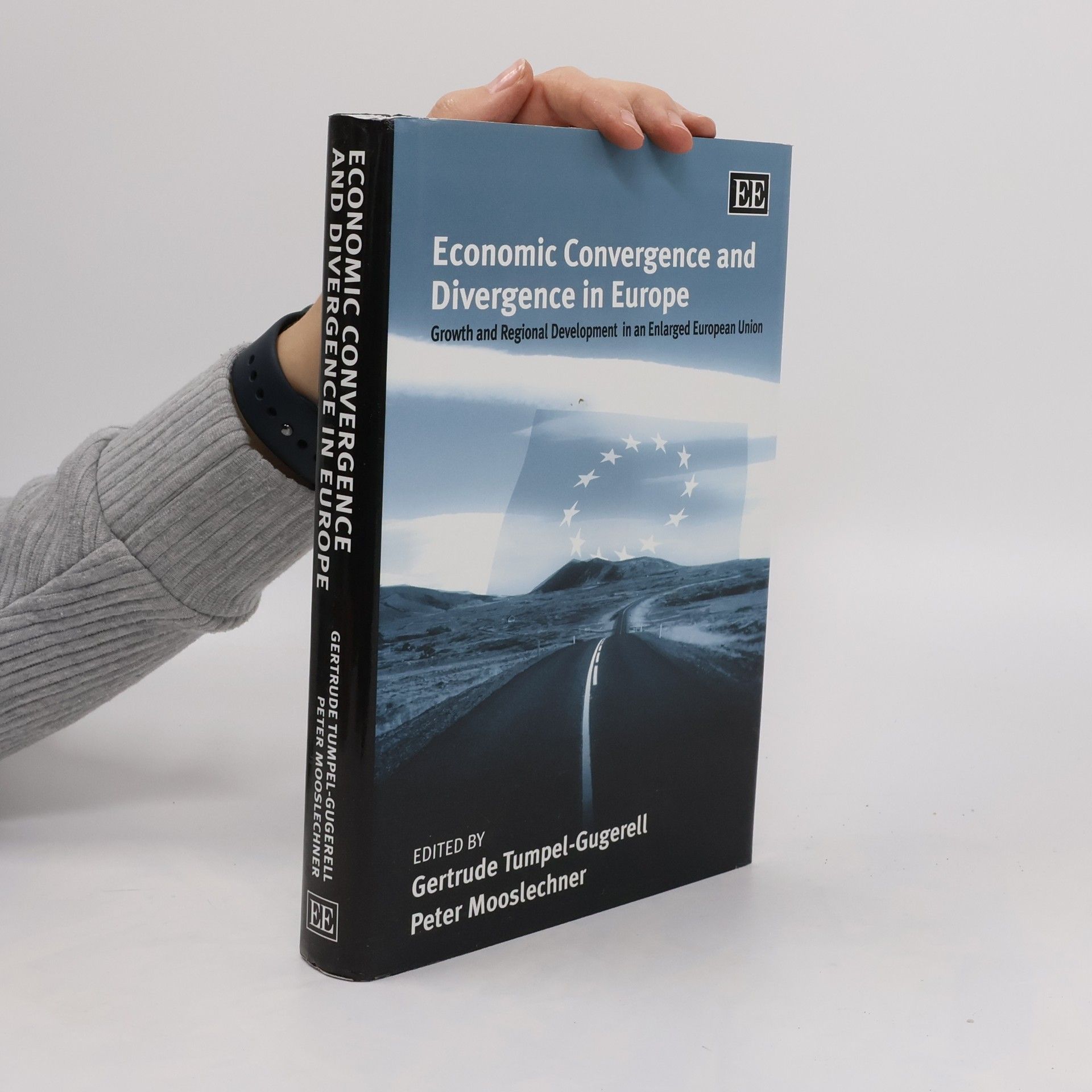A New Model for Balanced Growth and Convergence
- 247 pages
- 9 hours of reading
This topical book addresses the need for emerging economies in Central, Eastern and South-Eastern Europe to find a new, sustainable growth model that fosters continued convergence with the EU without leading to the build-up of new vulnerabilities. The expert contributions frame the discussion on balanced growth in Europe, deal with the legacy of the old growth model (such as managing disrupted capital flows and deleveraging), and provide insights from the growth strategies of Russia and Turkey as well as the adjustment process of successful small CESEE countries. They focus on providing a multi-disciplinary assessment, combining the views of policy-makers and academics with those of central and commercial bankers. This book will prove a thought-provoking read for academics, researchers and students in the fields of economics - particularly international economics - and finance, money and banking. Policy-makers and economists interested in European integration and emerging European economies will also find this book to be an invaluable resource. Contributors : A.F. Aysan, G. Bisagni, D. Bogov, M. Dabrowski, M. Ferrazzi, A. Filardo, M. Gächter, L. Gattini, M.H. Güler, A. Hansson, S. Honkapohja, R. Jela i , K. Knot, I. Korhonen, A. Krstevska, E. Liikanen, E. Nowotny, C. Orman, E. Plato, P. Pumberger, M. Randveer, D. Revoltella, A. Riedl, D. Ritzberger-Grünwald, K. Sonin, E. Tuomi, S. Verkaart




